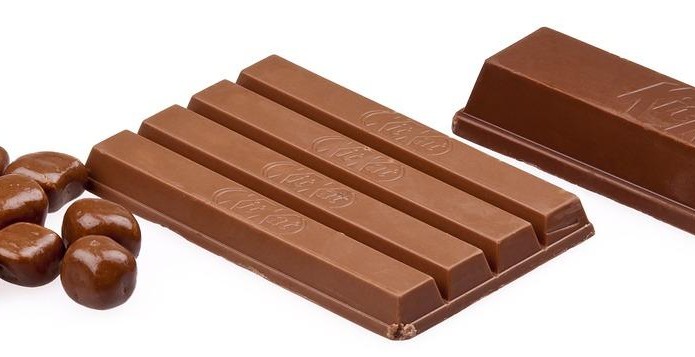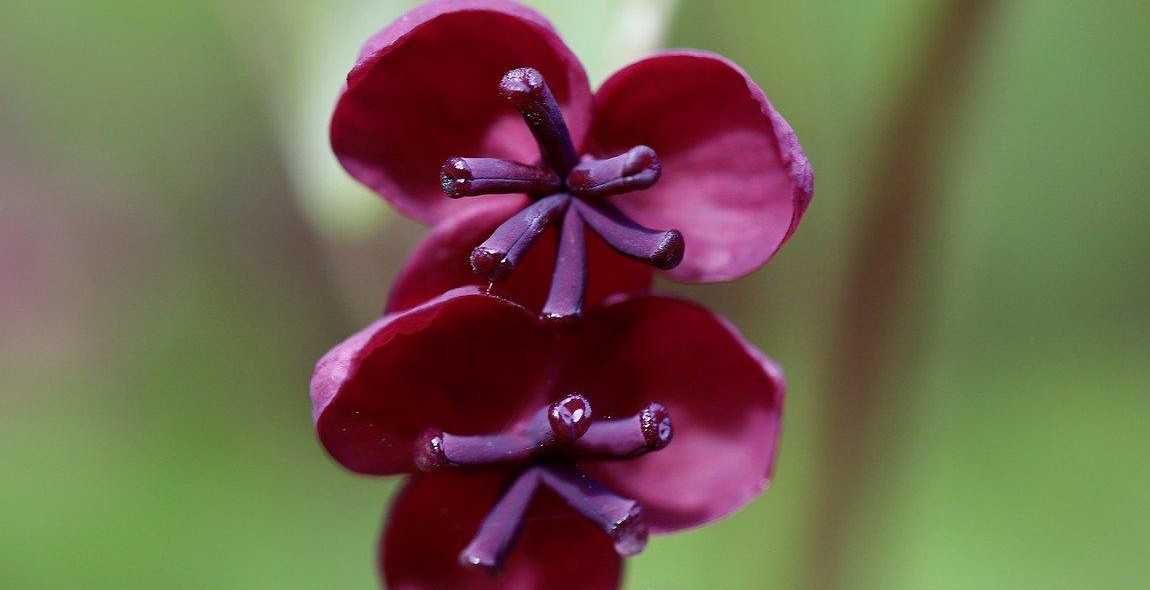How to Appreciate and Identify Different Types of Chocolate
Chocolate is one of the most beloved and indulgent treats in the world. It can be found in many different forms, from candy bars to truffles, and can be enjoyed in a variety of ways. However, not all chocolate is created equal. In fact, there are many different types of chocolate, each with its own unique flavor and texture.
The Different Types of Chocolate
There are three main types of chocolate: dark chocolate, milk chocolate, and white chocolate. Dark chocolate is made with a higher percentage of cocoa solids and has a more intense, bitter flavor. Milk chocolate is made with less cocoa solids and more milk, giving it a sweeter taste. White chocolate contains no cocoa solids and is made with cocoa butter, sugar, and milk, giving it a creamy, sweet flavor.
Appreciating the Flavor of Chocolate
Appreciating the flavor of chocolate is all about using your senses. When you taste chocolate, pay attention to its texture, aroma, and flavor. Take small bites and let the chocolate melt in your mouth so you can fully experience its flavor.
Identifying High-Quality Chocolate
When it comes to identifying high-quality chocolate, look for chocolate that is made with high-quality ingredients and has a smooth, creamy texture. The color of the chocolate can also be an indicator of quality, with darker chocolate often being of higher quality.
By understanding the different types of chocolate and how to appreciate and identify high-quality chocolate, you can become a true chocolate connoisseur and enjoy this delicious treat to the fullest.
What is Chocolate?
Chocolate is a popular food made from cocoa beans, which are the seeds of the cocoa tree. These beans are fermented, roasted, and ground to produce chocolate liquor, which is then processed into various forms of chocolate.
Cocoa Beans
Cocoa beans are the main ingredient in chocolate and are grown in tropical regions such as South America, Africa, and Asia. They are harvested from the cocoa tree and then fermented to develop their flavor. After fermentation, the beans are dried and roasted to further enhance their taste.
Cocoa Butter
Cocoa butter is a natural fat that is extracted from cocoa beans during the chocolate-making process. It is used to give chocolate its smooth and creamy texture and is also used in cosmetics and pharmaceuticals. Cocoa butter is high in healthy fats and is a good source of antioxidants.
Sugar
Sugar is added to chocolate to sweeten it and balance out the bitterness of the cocoa. Different types of sugar can be used, including granulated sugar, powdered sugar, and brown sugar. The amount of sugar used in chocolate can vary depending on the type of chocolate being made.
Milk Powder
Milk powder is often added to chocolate to create a creamy and smooth texture. It is made by removing the water from milk and then drying it into a powder form. Milk powder can be added to both dark and milk chocolate, depending on the desired flavor and texture.
Types of Chocolate
There are several types of chocolate, including milk chocolate, dark chocolate, and white chocolate. Milk chocolate contains milk powder and is sweeter than dark chocolate, which contains a higher percentage of cocoa solids. White chocolate does not contain cocoa solids but is made from cocoa butter, sugar, and milk powder.
Understanding the different ingredients that go into making chocolate can help you appreciate and identify the different types of chocolate available.
Types of Chocolate
Chocolate is one of the most beloved treats in the world. It comes in various forms and flavors, each with its unique taste, texture, and aroma. Here are the four main types of chocolate:
Dark Chocolate
Dark chocolate is made of cocoa solids, sugar, and cocoa butter. It has a higher percentage of cocoa solids than other types of chocolate, typically ranging from 70% to 99%. Dark chocolate has a bitter taste, which comes from the higher cocoa content. It also has a more robust flavor and a slightly grainy texture. Dark chocolate is often used in baking, cooking, and making chocolate bars.
Milk Chocolate
Milk chocolate is made of cocoa solids, sugar, cocoa butter, and milk powder or condensed milk. It has a lower percentage of cocoa solids than dark chocolate, typically ranging from 30% to 45%. Milk chocolate has a sweeter taste and a creamier texture than dark chocolate. It is often used in making chocolate bars, candies, and desserts.
White Chocolate
White chocolate is made of cocoa butter, sugar, and milk powder or condensed milk. It contains no cocoa solids, which means it is not technically chocolate. White chocolate has a sweet and creamy taste, with a smooth texture. It is often used in making desserts, such as cakes, cookies, and mousses.
Ruby Chocolate
Ruby chocolate is a relatively new type of chocolate, created by the Swiss chocolate company Barry Callebaut in 2017. It is made of ruby cocoa beans, which have a natural pink color and a fruity flavor. Ruby chocolate has a unique taste that is not too sweet or bitter, with a creamy texture. It is often used in making chocolate bars and candies.
Each type of chocolate has its unique flavor, texture, and aroma, making it a delight to savor. Whether you prefer the bitterness of dark chocolate or the sweetness of milk chocolate, there is a type of chocolate for everyone.

Tasting Chocolate
When it comes to tasting chocolate, there are four main factors to consider: appearance, aroma, texture, and flavor. By paying attention to each of these elements, you can better appreciate and identify the different types of chocolate available.
Appearance
The appearance of chocolate can tell you a lot about its quality and flavor. High-quality chocolate should have a smooth, glossy surface with no visible blemishes or streaks. The color of the chocolate should be consistent throughout, with no discoloration or white spots (known as “bloom”). Dark chocolate should have a deep, rich color, while milk chocolate will be lighter in color.
Aroma
The aroma of chocolate can be complex and nuanced, with different notes depending on the origin and processing of the beans. To get the most out of the aroma, break off a small piece of chocolate and hold it close to your nose. Take a deep breath and try to identify any scents, such as fruity, floral, or nutty aromas. High-quality chocolate should have a strong, pleasant aroma that is not overpowered by any artificial scents or flavors.
Texture
The texture of chocolate can vary depending on the type of chocolate and how it was made. Good-quality chocolate should have a smooth, creamy texture that melts easily in your mouth. The texture should not be gritty or waxy, and there should be no lumps or bumps in the chocolate. When you bite into the chocolate, it should have a satisfying snap.
Flavor
The flavor of chocolate is perhaps the most important factor when it comes to tasting and appreciating different types of chocolate. Good-quality chocolate should have a rich, complex flavor that is not too sweet or too bitter. The flavor should be well-balanced, with no single element overpowering the others. When tasting chocolate, take a small piece and let it melt slowly in your mouth. Pay attention to the different flavors that emerge, such as fruity, floral, or nutty notes.
| Flavor | Description |
|---|---|
| Fruity | Notes of berries, citrus, or tropical fruits. |
| Floral | Notes of flowers, such as jasmine or lavender. |
| Nutty | Notes of almonds, hazelnuts, or other nuts. |
| Earthy | Notes of soil, mushrooms, or other earthy flavors. |
By paying close attention to the appearance, aroma, texture, and flavor of chocolate, you can better appreciate and identify the different types of chocolate available. Whether you are a chocolate lover or a connoisseur, taking the time to savor and enjoy chocolate can be a truly rewarding experience.

Pairing Chocolate
Just like wine, coffee, tea, and cheese, chocolate can also be paired with different flavors to enhance its taste. Here are some of the best pairings for chocolate:
Wine
Dark chocolate pairs well with red wine, particularly with bold and fruity flavors such as Cabernet Sauvignon, Merlot, and Pinot Noir. For milk chocolate, opt for a lighter red wine such as Zinfandel or Syrah. White chocolate can be paired with sweet and fruity white wines like Riesling or Moscato.
Coffee
A rich and dark chocolate goes well with a bold and strong coffee such as espresso or dark roast. Milk chocolate pairs well with a lighter roast and a sweeter coffee such as a latte or cappuccino.
Tea
Earl Grey tea is a great match for dark chocolate, while milk chocolate goes well with a floral tea such as jasmine or chamomile. Green tea pairs well with white chocolate due to its delicate and light flavor.
Cheese
Pairing chocolate with cheese may sound unusual, but it can create a unique and delicious combination. Dark chocolate goes well with aged cheese such as cheddar or parmesan, while milk chocolate pairs well with softer cheeses such as brie or camembert.
Experimenting with different pairings can be a fun and tasty experience. Don’t be afraid to try new combinations and discover your own perfect match!
